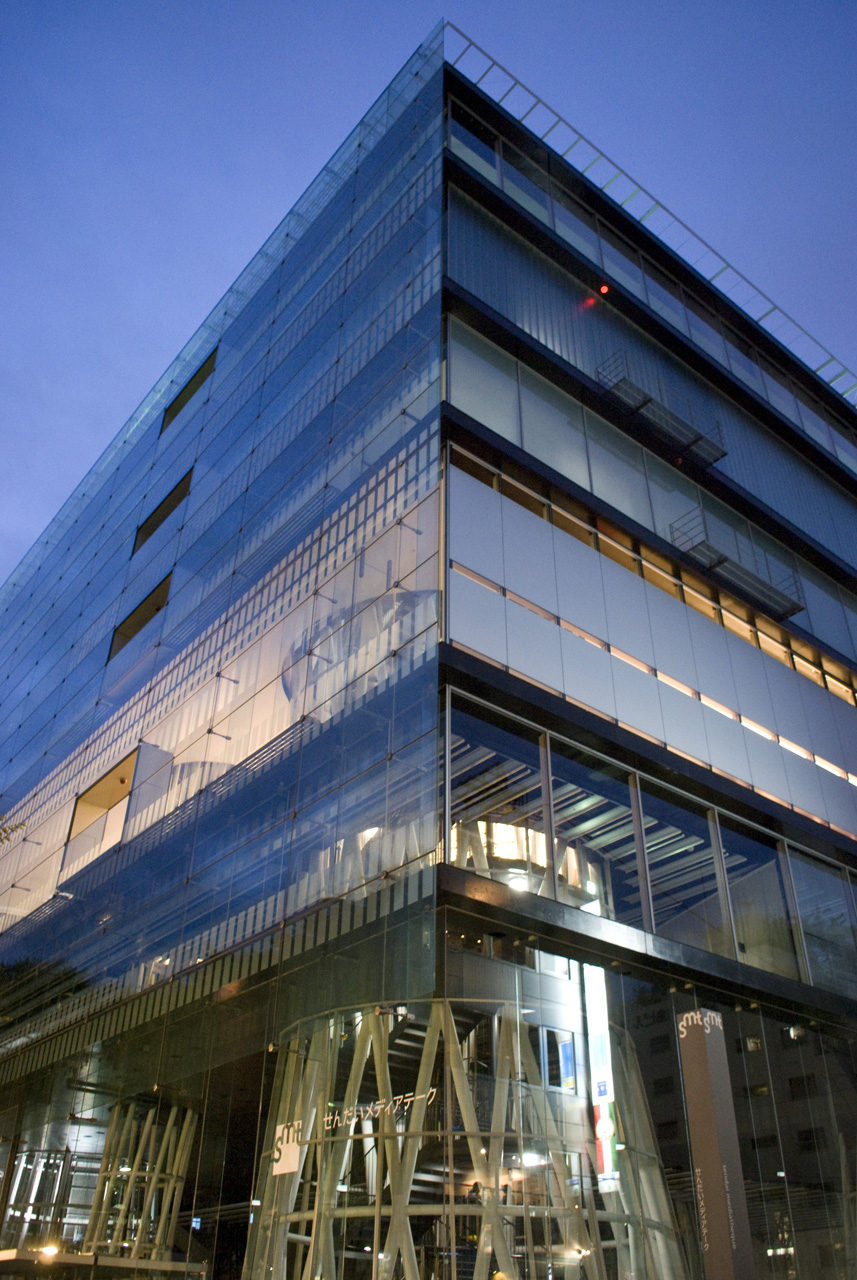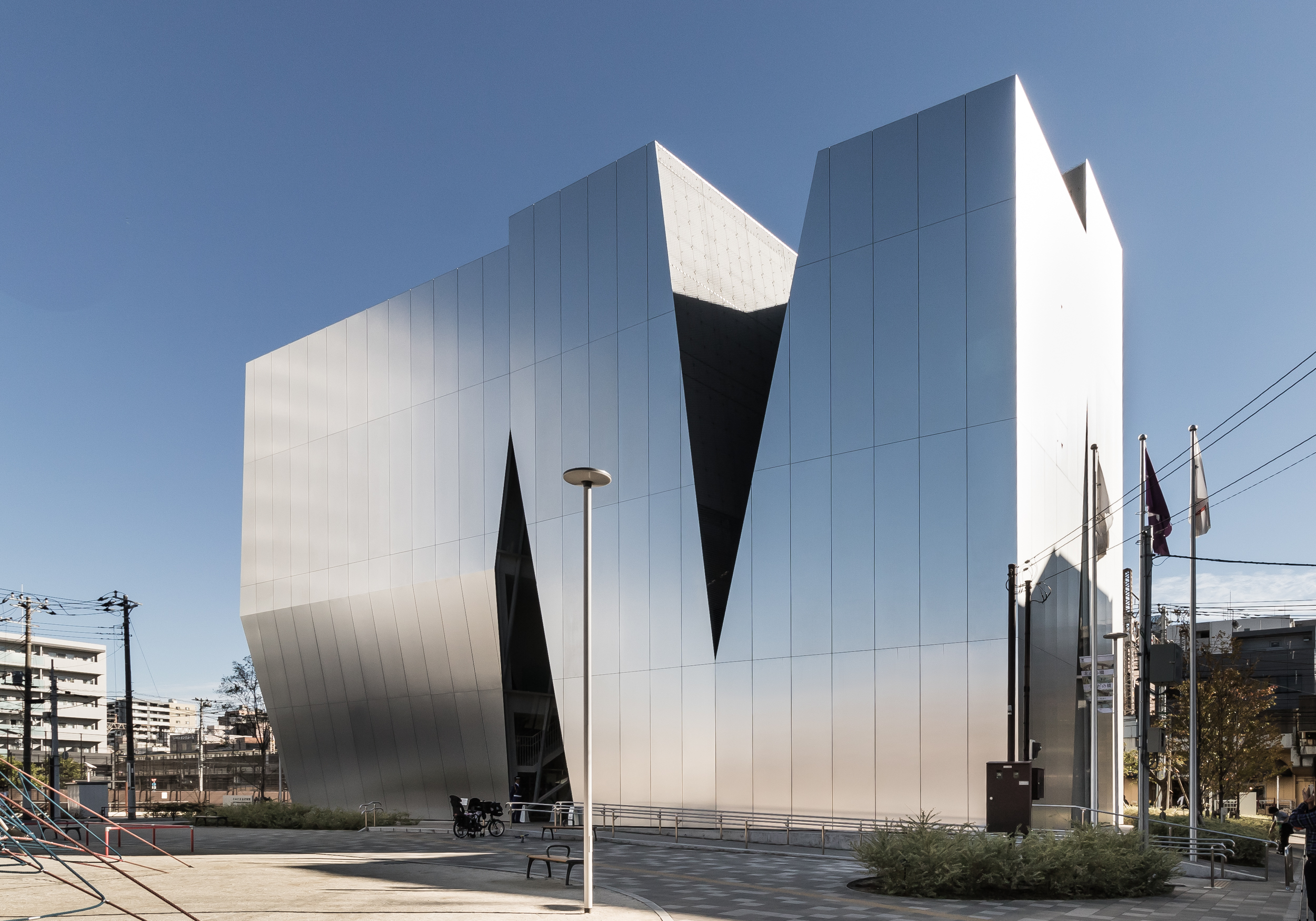

Examining Japan’s Innovative Architectural Approach to Earthquake Safety
Summary
Reflection Questions
Journal Prompt
Japanese architecture has a long history of earthquake resilience, from traditional wooden structures with flexible joints to modern skyscrapers with advanced base isolation systems. Architects like Kengo Kuma, Shigeru Ban, and Toyo Ito lead the way in innovative design, incorporating natural materials, flexible structures, and advanced engineering techniques to create buildings that can withstand seismic forces. Iconic buildings like the Umeda Sky Building demonstrate their pioneering approaches to earthquake-resistant design. Read on to learn more about the sophisticated techniques and visionary designs that make Japan’s architecture a model of disaster resilience.
Japanese Architects Leading the Way in Disaster-Resistant Architecture
Many Japanese architects favor natural materials like wood and bamboo, which are lightweight and flexible, allowing buildings to move with an earthquake. Their designs often incorporate movable walls, transformable spaces, and modular components to adapt to changing needs and seismic forces. Innovative techniques like base isolation and energy dissipation devices are used to protect buildings from earthquakes. Many designs also prioritize open spaces and courtyards, which can act as buffer zones during earthquakes. Let’s take a closer look at how today’s Japanese architects create beautiful yet functional disaster-resistant buildings.
Kengo Kuma


Kuma is a master of blending nature and architecture. His buildings often feature wood, bamboo, and other natural materials, creating a sense of warmth and harmony with the environment. He also prioritizes flexibility in his designs, using techniques like interlocking wooden structures and movable partitions to allow buildings to “breathe” and better withstand seismic activity.
Shigeru Ban


Known as the “Paper Architect,” Ban often uses cardboard tubes and paper to create temporary structures for disaster relief. However, he’s also designed permanent buildings that incorporate his innovative use of materials and focus on sustainability. His designs often feature lightweight, flexible structures that can move with an earthquake rather than resist it.
Toyo Ito


Ito is a pioneer of “metabolic architecture,” a concept that emphasizes flexibility and adaptability. His buildings often feature movable walls, transformable spaces, and lightweight materials. The Sendai Mediatheque, with its tree-like columns and open floor plan, is a testament to his innovative approach to earthquake-resistant design.
Kazuyo Sejima and Ryue Nishizawa (SANAA)


SANAA’s minimalist aesthetic often belies the sophisticated engineering that goes into their buildings. They frequently use innovative structural systems like base isolation and energy dissipation devices to protect their buildings from earthquakes. Their designs prioritize transparency and openness, creating a sense of connection between the building and its surroundings.
Fumihiko Maki


Maki was a proponent of “collective form,” a design approach that emphasizes the relationship between individual buildings and the urban environment. His buildings often feature modular components and flexible layouts, allowing them to adapt to changing needs and withstand seismic forces. He also incorporated traditional Japanese design elements, such as courtyards and gardens, to create a sense of harmony and tranquility. Maki passed away earlier this month at age 95.
Tadao Ando


Ando’s signature use of exposed concrete might seem rigid, but his designs often incorporate subtle details that enhance their seismic performance. He uses reinforced concrete walls and strategically placed shear walls to create strong, stable structures. His buildings also feature open spaces and courtyards that can act as buffer zones during earthquakes.
Japan’s Historical Buildings Seem to Boast Innate Earthquake Resilience


Traditional Japanese architecture has long exhibited a natural resilience to earthquakes, primarily due to its use of flexible wood joints and elevated foundations. The flexible wood joints, known as “kanawa tsugi” and other traditional joinery techniques, allow buildings to sway and absorb seismic shocks rather than breaking under stress. Elevated foundations, often seen in traditional homes and temples, help prevent structural damage from ground movement and provide stability on uneven terrain. These design elements, born from centuries of experience with seismic activity, form the backbone of Japan’s architectural resilience.
Fuel your creative fire & be a part of a supportive community that values how you love to live.
subscribe to our newsletter
*please check your Spam folder for the latest DesignDash Magazine issue immediately after subscription


Several historical buildings in Japan stand as testaments to these time-honored techniques. For instance, the Hōryū-ji Temple, one of the oldest wooden buildings in the world, has survived numerous earthquakes since its construction in the 7th century. Its use of interlocking wooden joints and elevated base illustrates the effectiveness of traditional design in seismic resilience.
Another example is the Kiyomizu-dera Temple in Kyoto, which stands on a steep hillside supported by a complex framework of wooden pillars that allow it to withstand tremors. These enduring structures have not only survived through the ages but have also informed modern earthquake-resistant techniques, influencing contemporary architecture’s approach to seismic safety.
Modern Techniques and Innovations in Japanese Architecture
Base Isolation Systems
Base isolation systems are advanced seismic protection methods that involve placing flexible bearings or isolators between a building’s foundation and its superstructure. These isolators absorb and dissipate seismic energy, significantly reducing the transmission of ground motion to the building. By allowing the structure to move somewhat independently of the ground, base isolators help to prevent structural damage and enhance occupant safety during an earthquake.
Case Study: The Tokyo Skytree


The Tokyo Skytree, one of the tallest towers in the world, is a marvel of modern engineering, particularly in its use of base isolation technology. The tower is equipped with a sophisticated system of seismic dampers and isolators at its base, which allows it to withstand powerful earthquakes. These isolators absorb and dissipate seismic energy, reducing the impact of ground shaking on the structure. This innovative technology not only protects the Skytree itself but also sets a benchmark for earthquake-resistant design in skyscrapers worldwide.
Damping Systems
Damping systems, such as tuned mass dampers, are critical in reducing building movement during seismic events. These systems involve placing large masses at strategic points within the structure, typically near the top, which move out of phase with the building’s motion. This counter-movement absorbs and dissipates kinetic energy, thereby reducing the amplitude of oscillations. Other damping mechanisms include viscous dampers and friction dampers, which convert seismic energy into heat, further mitigating structural sway.
Case Study: The Umeda Sky Building


The Umeda Sky Building in Osaka is celebrated for its innovative use of a tuned mass damper system. This system is designed to counteract the building’s movements during an earthquake by shifting weights strategically placed at its upper levels. By doing so, it reduces swaying and enhances stability, ensuring the safety of occupants and the integrity of the structure. The integration of this damping technology exemplifies the blend of aesthetic design and seismic resilience.
Seismic Bracing and Reinforcement
Seismic bracing and reinforcement involve strengthening structures using various techniques such as steel bracing, shear walls, and carbon fiber reinforcement. Steel bracing provides additional support and rigidity, shear walls distribute lateral forces evenly, and carbon fiber wraps increase the tensile strength of existing structural elements. These methods are essential in both new constructions and the retrofitting of older buildings to enhance their earthquake resistance.
Case Study: Retrofit of the Tokyo Station


The Tokyo Station, a historic landmark, underwent extensive retrofitting to improve its earthquake resilience while preserving its architectural heritage. Engineers incorporated steel bracing and shear walls within the building’s framework and used carbon fiber wraps to reinforce critical structural elements. This retrofit seamlessly integrated modern seismic technology with the station’s classic design, ensuring both safety and preservation of its historical significance.
Flexible and High-Strength Materials
The use of advanced materials such as shape-memory alloys (SMAs) and ultra-high-performance concrete (UHPC) plays a crucial role in enhancing building flexibility and strength. SMAs can revert to their original shape after deformation, making them ideal for absorbing and dissipating seismic energy. UHPC, known for its exceptional strength and durability, provides superior resistance to cracking and structural failure, making it a key component in constructing resilient buildings.
Research from institutions like the University of Tokyo has led to significant advancements in seismic materials science. Their developments in shape-memory alloys and ultra-high-performance concrete have been applied in numerous recent construction projects across Japan. These materials enhance the flexibility and strength of buildings, ensuring they can withstand intense seismic forces and provide increased safety for occupants.
Community and Urban Planning


Japanese urban planners prioritize incorporating open spaces, emergency shelters, and resilient infrastructure in city designs to enhance earthquake preparedness. Open spaces serve as evacuation areas, while emergency shelters provide safe havens during seismic events. Additionally, resilient infrastructure, such as reinforced roads, bridges, and utilities, ensures that critical services remain operational during and after an earthquake, facilitating effective disaster response and recovery.
Roppongi Hills in Tokyo is a prime example of urban planning that integrates earthquake resilience. The development features wide streets and numerous parks, which serve as designated evacuation areas during emergencies. These open spaces ensure that residents and visitors have safe, accessible places to gather and receive aid. The infrastructure is also designed to be resilient, with reinforced buildings and utilities that can withstand seismic shocks, ensuring the area remains functional and safe.
Final Thoughts: Challenges Japanese Architecture Continues to Face


Balancing cost, aesthetics, and safety in earthquake-prone areas presents ongoing challenges for architects and engineers. Implementing advanced seismic technologies can be expensive, and integrating these features into aesthetically pleasing designs requires innovative solutions. Additionally, retrofitting existing buildings to meet modern safety standards while preserving their historical and cultural value adds complexity. These challenges necessitate ongoing research and development to find cost-effective, visually appealing, and safe solutions.
The future of earthquake resilience lies in the integration of emerging technologies like artificial intelligence (AI) and the Internet of Things (IoT). AI can analyze vast amounts of data to predict seismic activity and optimize building designs for better performance. IoT devices can monitor structural health in real-time, providing early warnings and facilitating swift responses to seismic events. These technologies promise to enhance the safety and resilience of buildings, making cities better prepared for future earthquakes.








